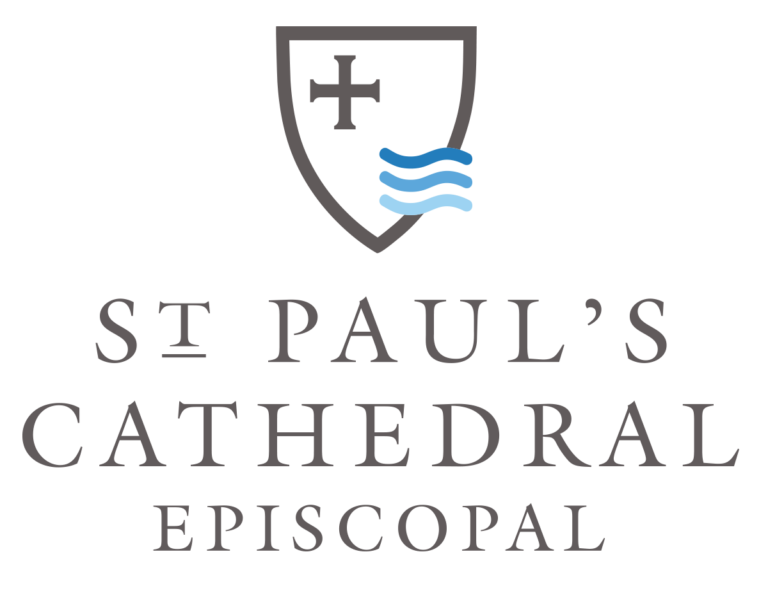At the forum on 1.30.11, Pastoral Counselor Brooke McGillis of the Cathedral Center for Pastoral Counseling Center discussed dealing with unexpected change.
When thinking about unexpected change I think immediately about the artistic process that includes the “happy accident.” I am an artist and have struggled to know when a work is “done.” As an artist, I have often worked over the genius in a piece, not seeing the beauty in stopping; and once we have crossed those limits, we have lost the point of praxis and the relationship to the clear edge of the work. In a visceral way, there is an experience with managing that relationship between praxis and the unknown edge.
The dynamic element to the relationship between praxis, (point of departure) and the edge is the function of the relationship. If one were to require change in this paradigm, the praxis is not flexible and the edge may be unknown, how is it then that change happens at all? Change happens in the dynamic of relationship. This can be said in any context.
Assumptions
Uncertainty is a characterization of our collective projected anxiety. It is a characterization because certainty does not exist. It is a character in our understanding of reality. We operate as if there is an implicit agreement that if certain criteria are met then we believe a course of events will occur. Certainty in the face of our intellectual understanding that there is not certainty acts as an implicit agreement thus contributes to how we structure our systems.
The temptation is so intoxicating that certainty can become the valuation of the ontogenesis of our hope. Put more clearly, hope is employed with the hope of certainty. If we were to draw a picture of this, we would have a tight loop that seems impenetrable since there is no such thing as certainty. In fact, the nature of hope seems to be smothered under the weight of certainty. Why force hope to function as a prop to certainty, and mollifying the power of hope by turning away from the uncertain.
Let us continue to think in terms of pictures and images. If we imagine how a cycle of hope being a condition of certainty would look after some time; an image that comes to my mind is a bubble. An ever expanding mass of apprehension that that waits for hope to penetrate the bubble but hope is being pushed out by the force of the need to be certain.
Back to our artist selves…our visceral experience of each other can penetrate the bubble of apprehension and ought to be seen as social medicine. We heal neurologically by way of connection to the people around us. We have clinical evidence to this as well as an intuitive understanding that to have relationships is to heal the injuries of the uncertain. Those same neurological structures can be employed to heal social systems.
A question that prompted me to write this essay was this, “How is it that I can walk away from other people’s suffering without experiencing a deep sense of pain since my empathic systems are very much in tact?” What is happening here?
The way that the brain works is telling us what is happening. The amygdala is primarily responsible for our fight or flight responses, and it operate more quickly than our frontal lobes that are responsible for most of our logical functioning. If the amygdala were not quicker than the rest of our brain then we could find our selves thinking about how fast the car is moving as it runs us over instead of having the burst of energy to get out of the way. Therefore, in this way we are built to be fearful first and a natural response to fear is to stay out of the way of what is scary and hence, the hope for certainty.
We have an ambivalent relationship with reality. Reality is both the object of comfort and the cause of pain. In the individual, denial is a manifestation of an ambivalent relationship with reality and on the social level, we stay silent when outrage would be the congruent response…as a wait and see strategy. Are we waiting for blindness? Wait until we do not see…until we have lost the choice to see…I do not know.
In the individual neurological nervous system an ambivalent relationship with a primary care giver can make it difficult to want comfort when comfort is needed. I see analogies with the individual neurological system and out greater social systems. We need comfort and yet we are afraid to ask. We are afraid because we have been injured.

